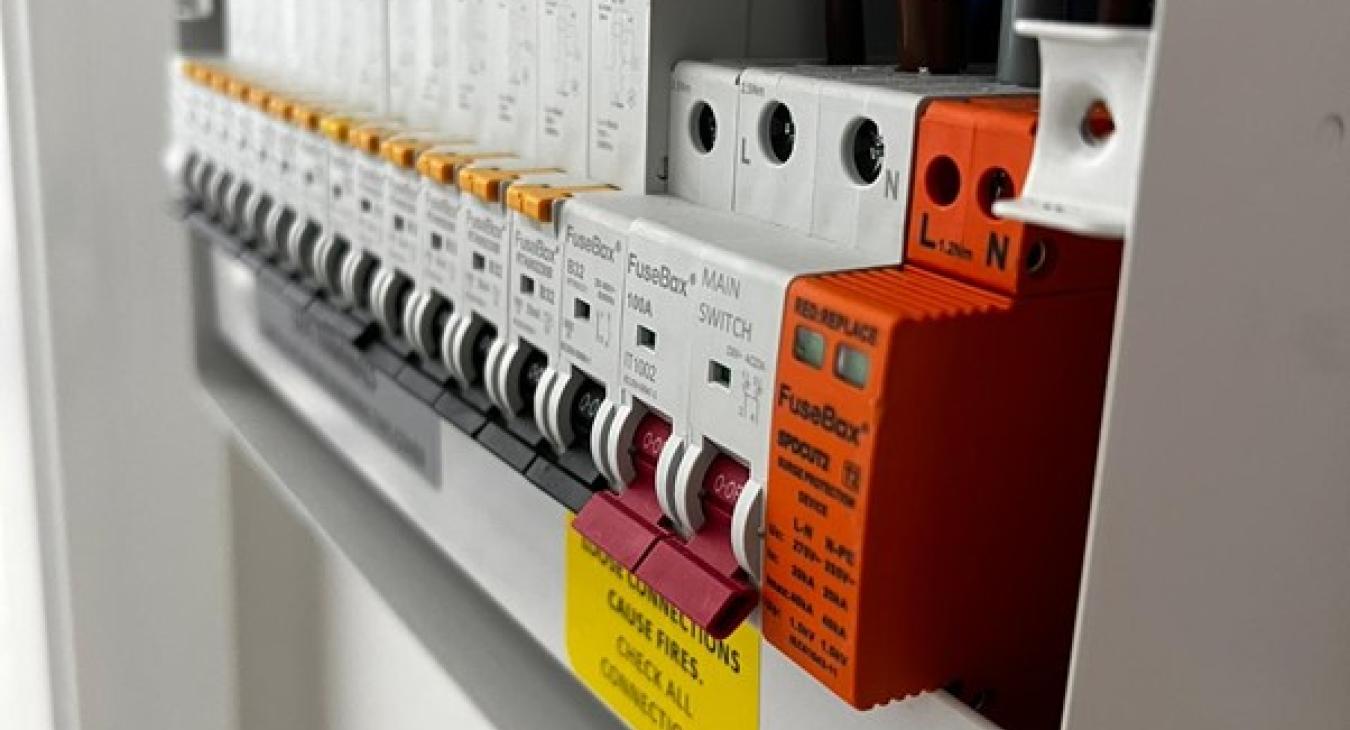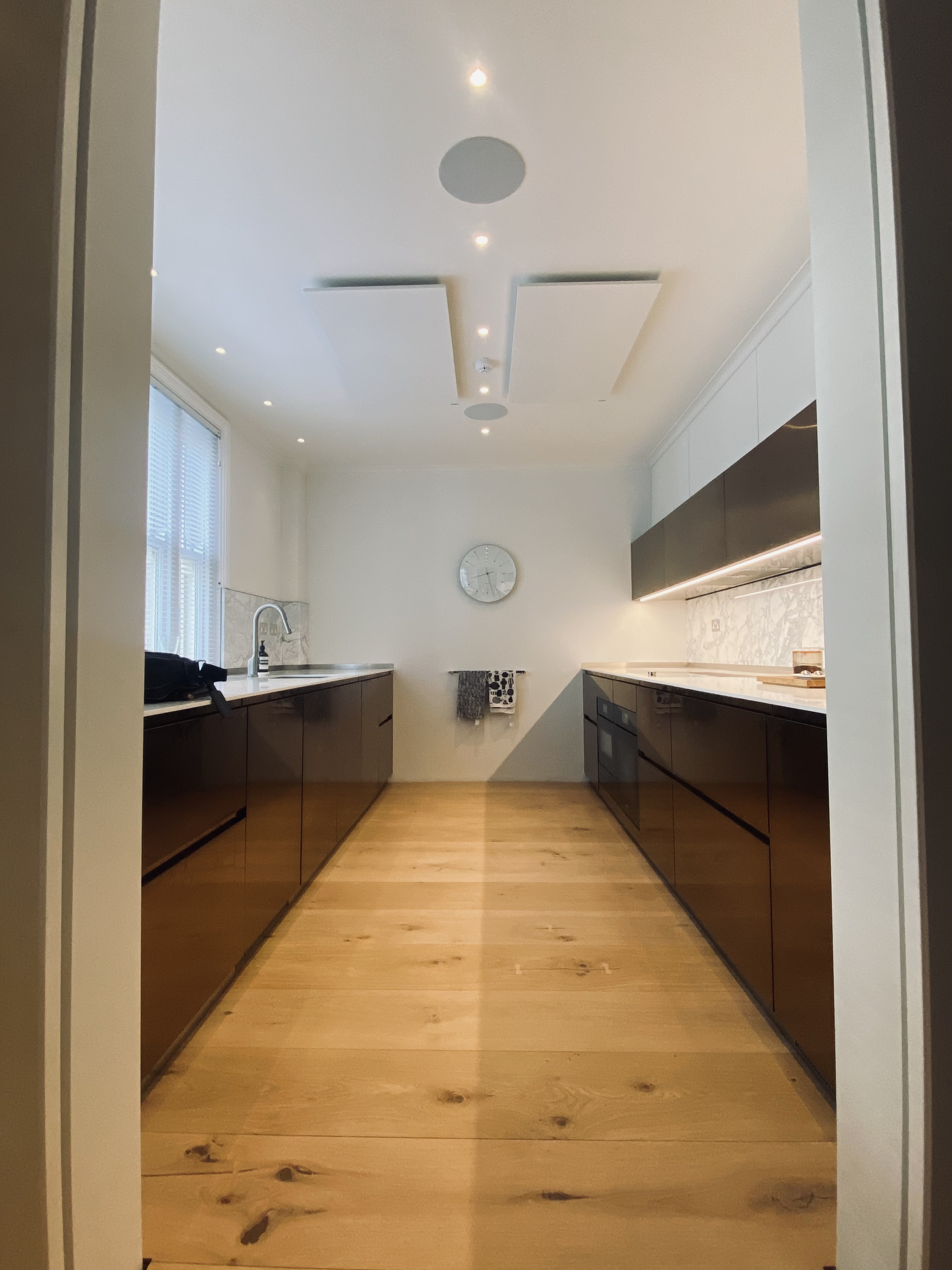
What is a consumer unit?
Your consumer unit, commonly known as a fuse box is the main protective device within your property. Its job is to cut the electricity supply in the event of a fault and keep the occupiers safe.
Consumer units have come a long way, with new safety devices being introduced regularly. If you have an older style board such as the ones pictured below then you are very outdated in terms of safety and should consider an upgrade.
What should a new consumer unit contain
A newly installed consumer unit must meet the most recent edition of regulations for electrical installations BS7671. All circuits must be protected by a 30mA type A RCD, they must contain a surge protection device (unless expressly refused by client in writing), they must be fully metallic with self-closing covers to reduce the spread of fire and in certain circumstances they must contain arc fault detection (AFDD)
What is an RCD
An RCD or residual current device is a safety device which sits within your consumer unit and monitors for faults. It does this by measuring the amount of power passing through the live conductor against the amount returning through the neutral. When the difference is more than the rating of the RCD it disconnects. All domestic circuits must now be protected by an RCD with a rating of 30mA, this is because it’s deemed to be below the fatal amount a person can receive as a shock.
Types of RCD
Most RCD devices currently installed are known as RCCD’s and usually there are just one or two units in a consumer unit, meaning that each RCD protects half or all of the installation. Not ideal when something trips and your entire property loses power. In a modern consumer unit we must now use RCBO devices on all final circuits. These devices contain both the MCB (fuse) and RCD in one unit, meaning that a fault is contained to a single circuit and does not affect the rest of the property. This is to comply with selectivity regulations and keep the maximum allowable earth leakage of any one RCD unit below the 30% maximum.
newly installed RCD’s should also be type A, this regulation was introduced in 2022 to stop the use of older style type AC RCD’s (which have been banned in a number of European countries for many years) as these can be blinded to faults where there is a lot of DC equipment on a circuit, which is nearly every circuit these days.
Surge protection
SPD’s are now common within new installations following amendment 2 of BS7671 2019 and should only be omitted if the client give a written consent that the cost of an SPD is less than the possible damage a surge can cause to their electrical installation and equipment.
A Surge can be caused by switch of large generators and more commonly by direct lighting strikes to distribution equipment. This sends a surge of power through the network and can cause damage to sensitive DC equipment within properties, the increasing amount of this type of equipment means damage is more common. SPD’s monitor the incoming voltage and when a spike is detected the dump the excess back down to earth.
There are two types of SPD.
Type 1 – where your property is supplied via over head power lines and/or has a lightening protection system installed. This must be installed at the origin of the supply.
Type 2 – where your property is fed from underground cables with no lightening protection. These should be at the origin of the supply and on any sub distribution circuits more than 10 meters from the origin.
AFDD
Arc fault detection is the newest safety device on the market. They can detect arcing caused by damaged cables and loose connections on the circuit.
They are still expensive to supply and fit and take up much more space than traditional consumer units.
They are currently only a requirement in high risk situations such as high rise blocks, care homes and houses of multiple occupation. They should also be strongly considered for timber buildings and buildings with thatched roofs.
Its likely that these will become more common in the coming years and likely be a requirement for all installations soon.
Considerations
Replacing a consumer unit is probably one of the most important jobs in your property. It is the safety device that could save your life or stop a fire breaking out.
When replacing a domestic consumer unit, make sure you choose the right contractor for the job! Cheapest is definitely not best here. Here is a list of everything a good contractor should consider and discuss with you prior.
- Check and test existing wiring prior to ensure that it is in a good safe condition and will not cause nuisance tripping
- 2. Check your current earthing and bonding arrangements and advise you to upgrade if necessary
- Install a consumer unit that meets all the requirement discussed
- Carryout a full test of the system once energised and issue you with an electrical installation certificate, clearly detailing the work carried out and issue a building control notification to confirm the works meet building regulations.
To arrange for a free site visit and quotation please use the attached form.











